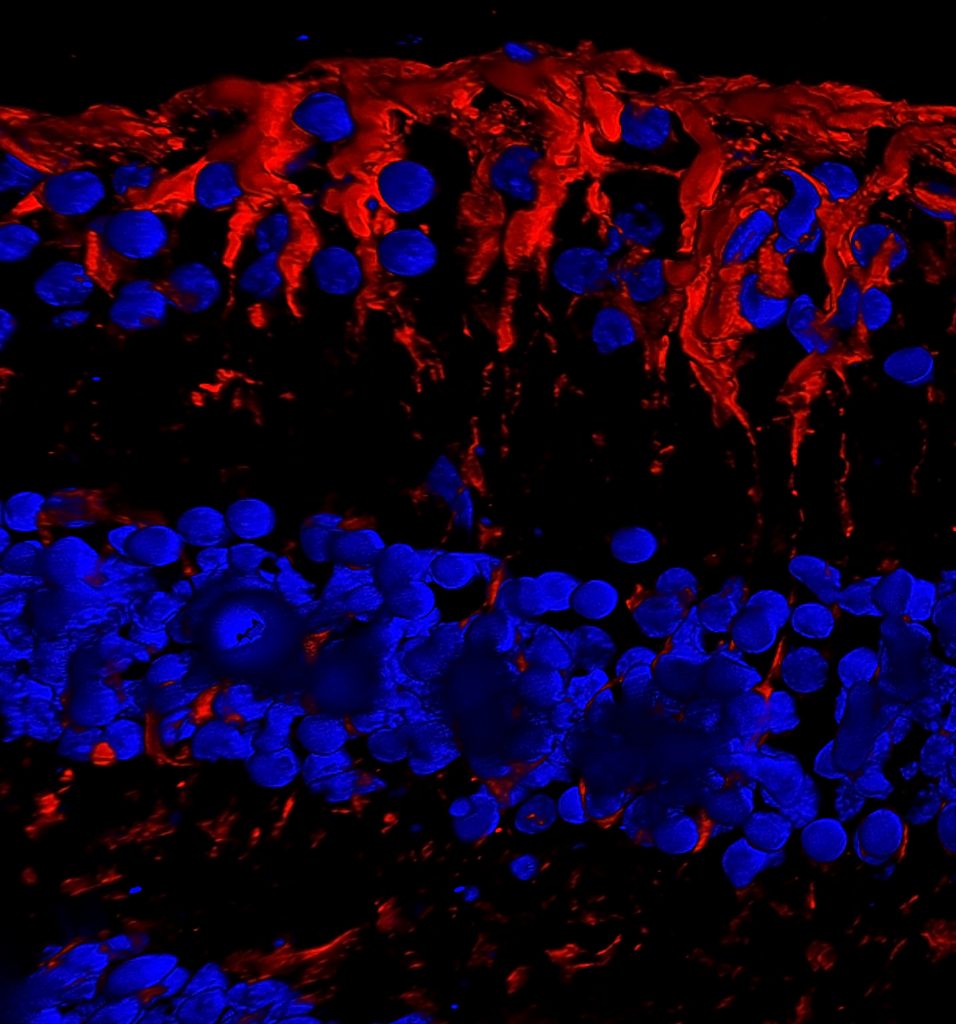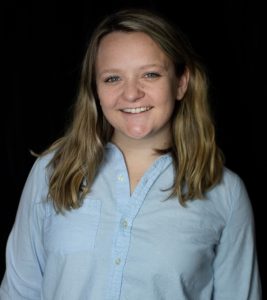A defense bunker for retinal citrullination
To avert combating stress at the epicenter of phototransduction, the process by which light is converted to a neural signal in photoreceptors, neuroscience professor Royce Mohan at the UConn School of Medicine proposes that the mammalian retina may have evolved a novel defense strategy to respond to injury and disease. Studying retinal pathology, his lab has unraveled that citrullination, a type of protein modification, is triggered in a specialized zone of Muller glia known as the endfeet. The segregation of citrullination and phototransduction may help to limit vision loss during retinal stress, but chronic hypercitrullination seen in age-related macular degeneration may lead to fibrosis and blindness. Mohan has coined the term citrullination bunker to illustrate this previously unknown compartmentalized citrullination armory within the retina. To read the press release published in UConn Today, please click here. The study by graduate student Sarah Palko (featured here) and coworkers appears in the March 1, 2022 issue of the Proceedings of the National Academy of Sciences.
To read more about this published study, please click here.

